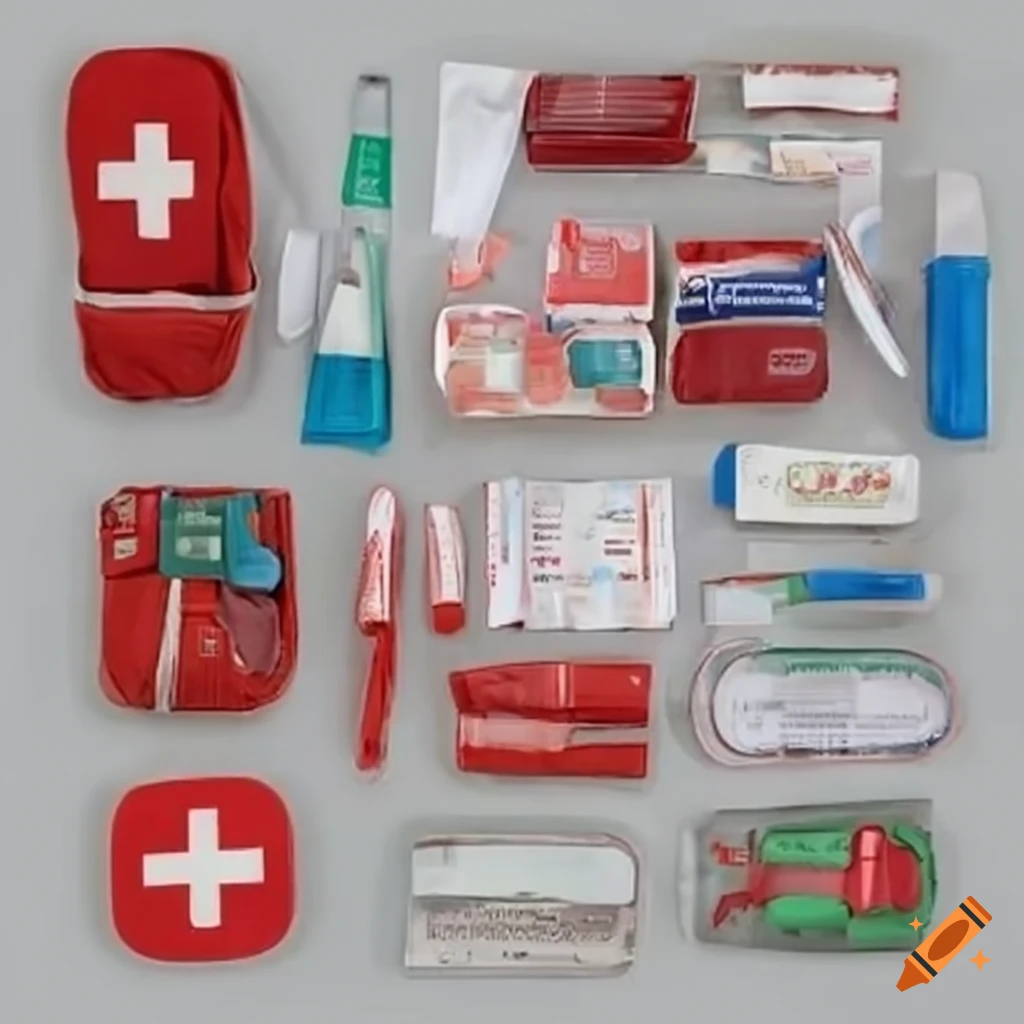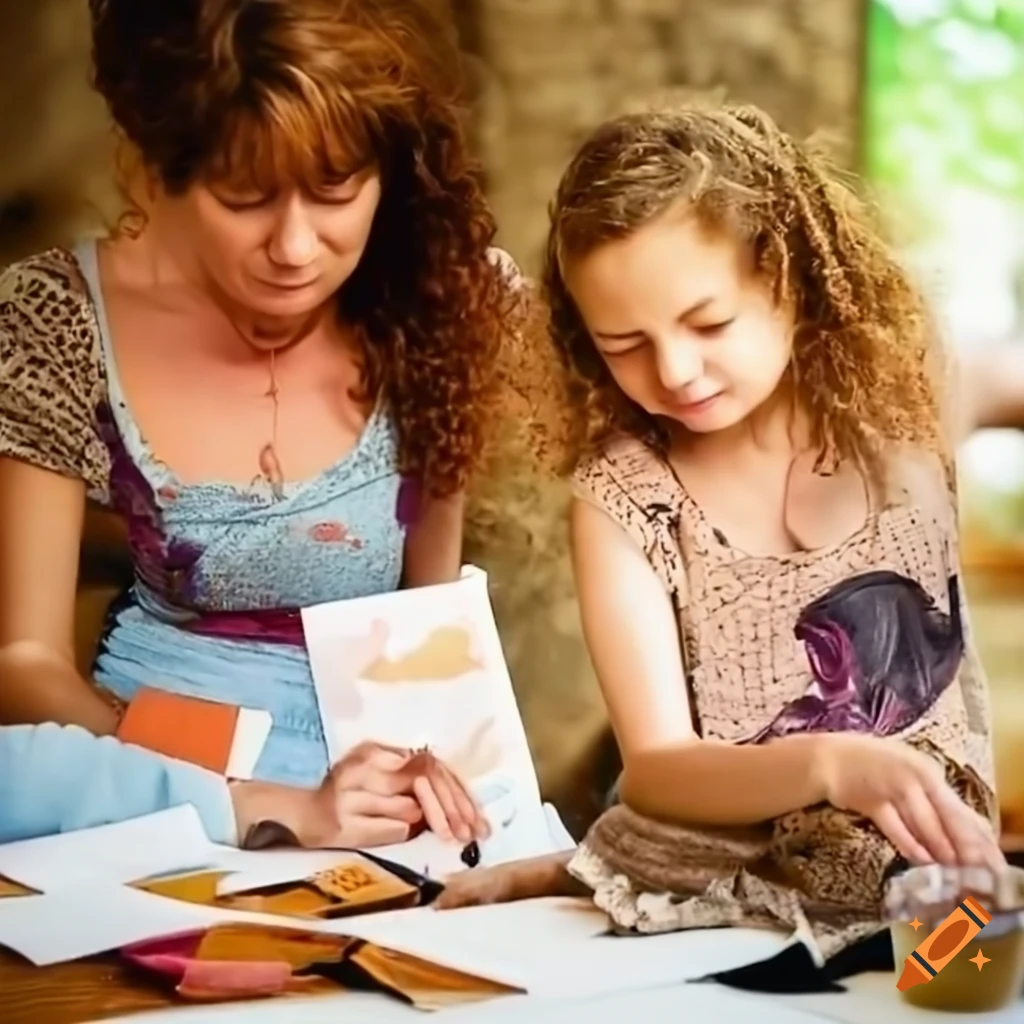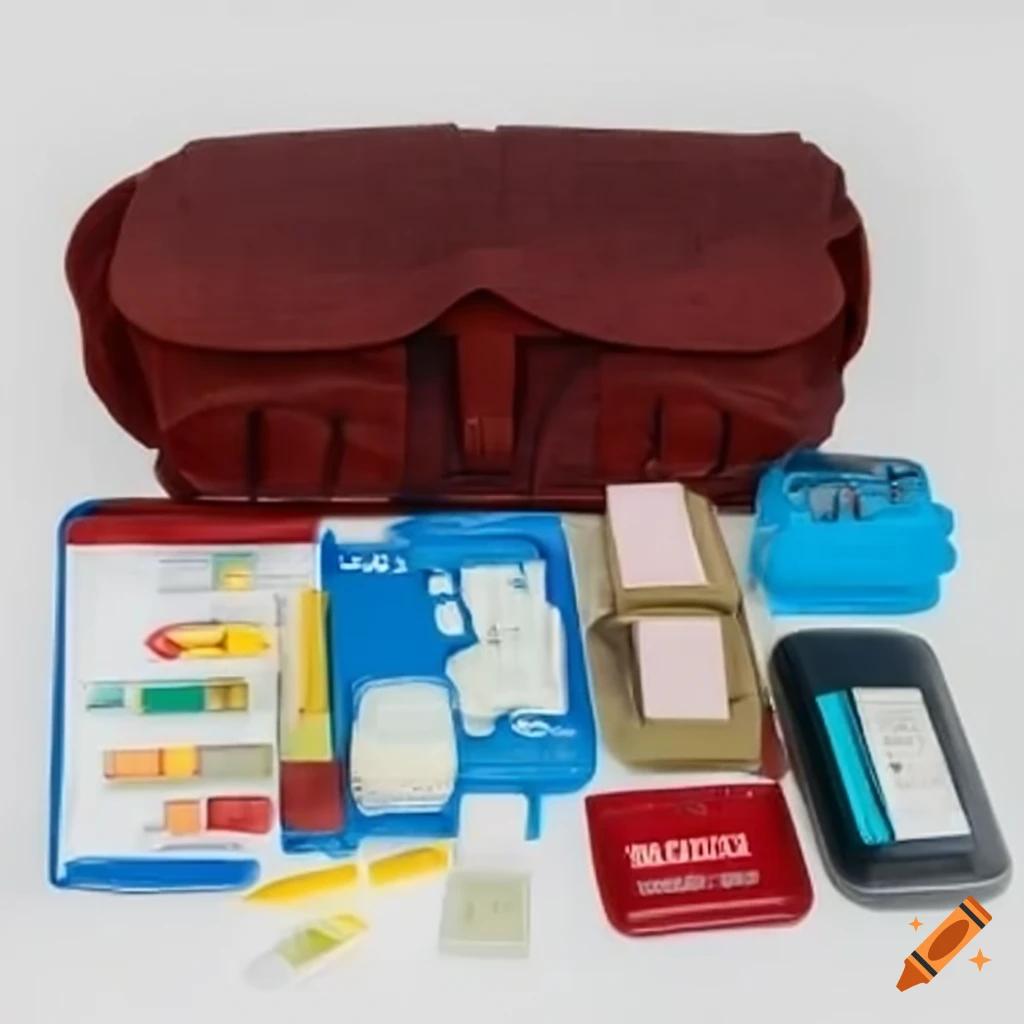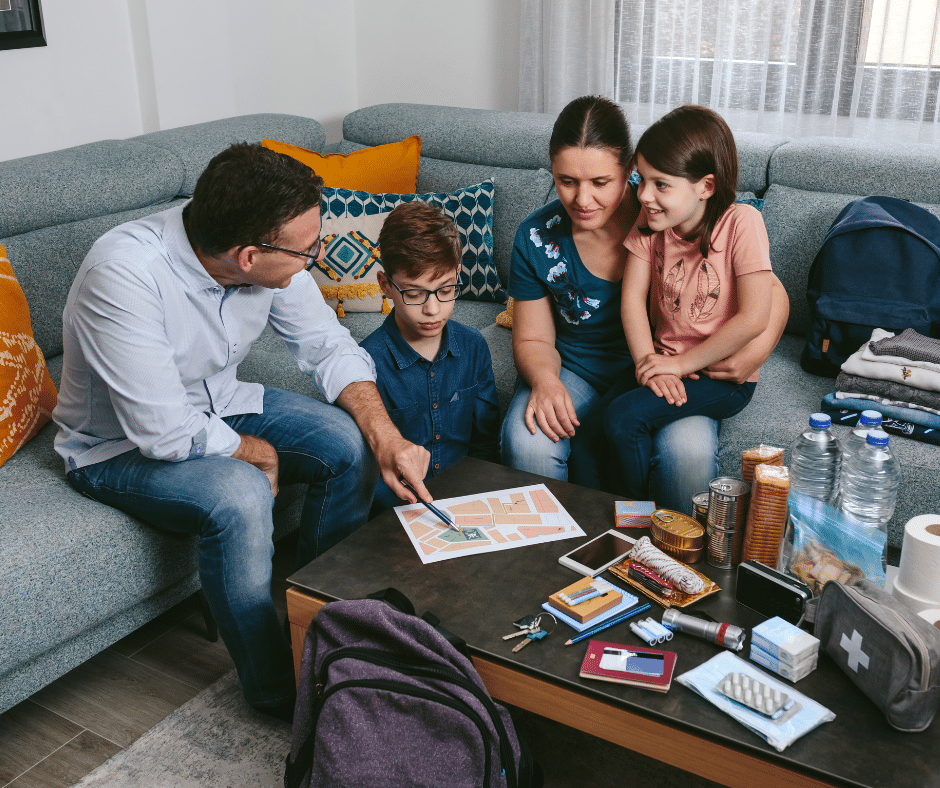
In today’s unpredictable world, having an emergency preparedness plan is essential for every family. Whether it’s a natural disaster, a medical emergency, or any unforeseen crisis, being prepared can make a significant difference in ensuring the safety and well-being of your loved ones.
Here’s a step-by-step guide to creating an effective emergency preparedness plan for your family.
1. Identify Potential Emergencies.

Start by identifying the types of emergencies that are most likely to occur in your area. These could include: Natural disasters (earthquakes, floods, hurricanes, tornadoes), Fires Medical emergencies, Power outages, Chemical spills or hazardous material incidents. Understanding the risks specific to your region will help you tailor your emergency plan effectively.
2. Develop a Family Communication Plan. Communication is crucial during an emergency.
Establish a plan that includes: Emergency Contacts: List important phone numbers, including family members, neighbors, and emergency services. Make sure everyone knows who to call and has these numbers accessible.
Meeting Points: Designate two meeting spots—one near your home and one outside your neighborhood—where family members can gather if you get separated.
Out-of-Area Contact: Choose a friend or relative living out of town as a point of contact. In some situations, local phone lines may be jammed, but long-distance calls might go through.
3. Create an Emergency Kit.

Prepare an emergency kit that contains essential supplies to sustain your family for at least 72 hours. Include:
Water: One gallon per person per day
Food: Non-perishable items such as canned goods, granola bars, and dried fruit
First Aid Kit: Bandages, antiseptics, medications, and any necessary prescription drugs
Tools and Supplies: Flashlights, batteries, multi-tool, matches, duct tape, whistle, and local maps
Personal Items: Extra clothing, blankets, personal hygiene items, and copies of important documents (IDs, insurance papers)
Special Needs Items: Baby supplies, pet food, and any special medical equipment or supplies
4. Plan for Evacuation. Know the evacuation routes and procedures for your area. Your plan should include:
Transportation: Determine how your family will evacuate if necessary. Identify multiple routes in case the primary route is blocked.
Shelter Locations: Identify safe places where you can stay, such as relatives’ homes, hotels, or designated shelters.
Pet Safety: Plan how to transport and care for pets during an evacuation, including pet-friendly shelters.
5. Practice and Review Your Plan
Regularly practice your emergency plan with all family members. Conduct drills for different scenarios, such as evacuating the house in case of a fire or practicing the drop, cover, and hold on technique for earthquakes. Review and update your plan at least once a year or whenever there are significant changes in your family circumstances, such as a new baby or a change of address.
6. Stay Informed
Keep informed about potential emergencies in your area by monitoring news, stay updated through local news, weather channels, and reliable online sources.
Emergency Alerts: Sign up for emergency alerts and notifications from local authorities to receive timely information.

7. Educate and Involve All Family Members. Ensure that every family member, including children, understands the emergency plan and knows what to do. Teach them basic emergency skills, such as how to use a fire extinguisher, perform CPR, and turn off utilities like gas and electricity.
Conclusion
Creating an emergency preparedness plan is a proactive step towards ensuring your family’s safety. By being prepared, you can reduce the stress and uncertainty that come with emergencies and make sure everyone knows their role and responsibilities. Start today by discussing potential risks with your family and taking the necessary steps to build a robust and comprehensive plan.

